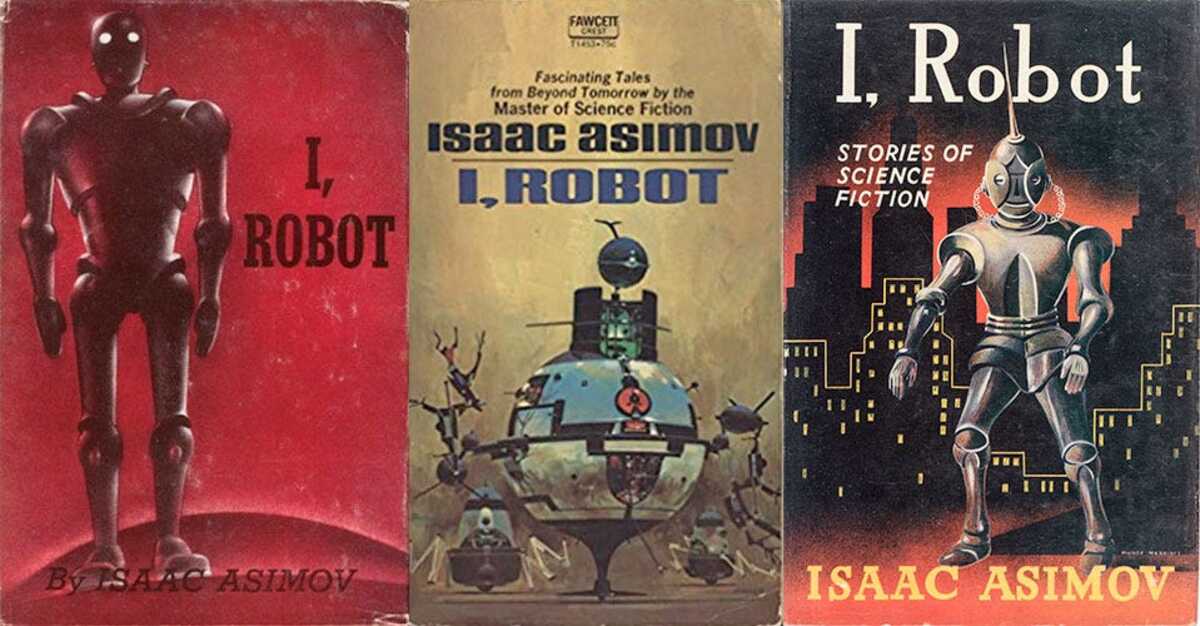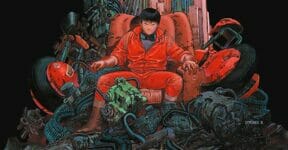Fear of artificial intelligence is nothing new. It has been a major topic since long ago on various fronts, including the literary world. One prime example of the discussion appeared in the Isaac Asimov 1950s short story/novelette collection titled I, Robot. All stories in the collection appeared originally in Super Science Stories and Astounding Science Fiction between 1940 and 1950. They revolve around the same issue of artificial intelligence, especially concerning the moral implications of smart humanlike robots. Isaac Asimov proposed the idea that robots should be programmed with ethics so they could actually contribute in positive ways to human civilization instead of being used merely as computerized tools with great devastating powers. Such a view proved to be exceedingly influential that most sci-fi novels and films today are still based on his idea.
All robots in the stories are equipped with high intelligence. The technology is so advanced and the robots have reached a level of sophistication where they can “theoretically” run the world without their creators. Humans design every robot to perform a specific type of work and implant the machine with a set of rules to govern the behavior. The rules prevent the robots from gaining too much independence as it may cause serious troubles to the civilization.
The rules are subsequently known as the Three Laws of Robotics:
- First Law: a robot shall never injure a human or allow a human to come to harm through inaction.
- Second Law: a robot must always obey commands given by humans. The only exception is when the order is found to conflict with the purpose of the First Law.
- Third Law: a robot must practice self-preservation to protect its own existence. The exception applies when the exercise violates the First and Second Laws.
Although each story can stand on its own as a novelette, all nine titles are linked as a single narrative from the viewpoint of reporter Susan Calvin, a former psychologist at the U.S. Robots and Mechanical Men, Inc., specializing in robot patients. Her work at the company involved dealing with psychological issues that arose from interactions between humans and robots, as well as engaging in communication with dysfunctional robots. A lot of those problems can be traced back to the robots’ ethical programming.
The first story is titled “Robbie” and centers on a little girl named Gloria, who loves the company of a maid robot called Robbie. It is a typical heartwarming story about a relationship that starts with Gloria’s mother returning the maid robot to the factory out of safety concerns. The mother takes Gloria to the factory to convince the little girl that her beloved maid is just another robot. At the factory, they see new robots being assembled by other robots. One of the factory workers turns out to be Robbie. Gloria runs to her and endangers her life, but Robbie comes quickly to the rescue. In the end, the mother now has no worries about robots being unsafe machines at home.
The next three stories begin in 2015 and take place over the course of 18 months. The main characters are Mike Donovan and Gregory Powell – both are Calvin’s colleagues – as they try to figure out the problems that cause some robots to malfunction. In one peculiar case, a robot disobeys an order given by a human but it turns out the robot eventually does the right thing; another study reveals that a robot can go haywire when dealing with situations in which the First Law conflicts the Second Law; Donovan and Powell also witness how a robot can not operate its subordinate robots.
A story titled “Liar” is set in 2021 and it is about the uniquely programmed Herbie. Unlike most robots, Herbie is equipped with a program that gives it telepathic powers. During its day-to-day operations and interactions with people, Herbie often tells flattering lies to avoid hurting people’s feeling with hard truths. Herbie is aware of a programming error in its brain but avoids telling the researchers about the problem out of respect. Calvin reveals to the robot that either giving or withholding the information will be equally hurtful to humans, and then Herbie shuts itself down.
Another story, Little Lost Robot, tells the tale of a robot modified with an altered version of the First Law, so it doesn’t interfere with the works of human scientists in a dangerous environment. Calvin is trying to find the changed robot so he can destroy it. In the next story titled “Escape,” a supercomputer is working on building a spaceship for a hyperspace jump. Humans will cease to exist, albeit temporarily, during such a jump, so the supercomputer has to come up with methods to circumvent the First Law.
The final two stories take on more serious notes. One is about a politician who might actually be a robot, while another concerns the possibility that robots in charge of regulating the economic systems are putting humanity at genuine risk of war.
Click here to purchase I Robot on Amazon >>
We think the concept of the Three Laws of Robotics is as fascinating as it gets both in real-life implementation and sci-fi world. The laws are written in simple layperson language, which makes them easy to understand but open to interpretation. Throughout the nine stories, the robots are depicted as increasingly intelligent and humans are gradually losing grip on their creations. The issues about robots’ ability to annihilate human civilization and take control of the world have been exhaustively explored in works of fiction. It is fascinating to see that just about every robot-related topic depicted on screen and print media is still based on Asimov’s rules, or at least written with the Three Laws of Robotics in mind.
Have you read I, Robot? Do you think there will be a time in the future when Asimov’s story gets closer to reality than fiction? We’d love to hear from you.
Other things you might want to know:
Books in the series:
Isaac Asimov wrote no other book as part of the I, Robot series. The three prequels were written by Mickey Zucker Reichert for Asimov estate:
- I, Robot: To Protect (2011)
- I, Robot: To Obey (2013)
- I, Robot: To Preserve (2016)
Is “I, Robot: The Illustrated Screenplay?” a version of the collection?
No, the screenplay was written by Harlan Ellison (in collaboration with Asimov himself) and initially planned for film production. The plan never came to materialize, and the screenplay was never filmed.
Has there been any screen adaptation of I, Robot?
There is no single screen adaptation created entirely based on all stories in I, Robot, but there are plenty examples inspired by loosely based on it.
- The Robots of Death (Doctor Who series): robots are bound by the Three Laws of Robotics.
- Aliens (1986): an android named Bishop mentions the First Law.
- Bicentennial Man (1999): an android named Andrew Martin displays the Three Laws of Robotics through a projector to its human family.
- Astro Boy (2009): every robot obeys the Three Laws of Robotics.
Check out other articles by month:








